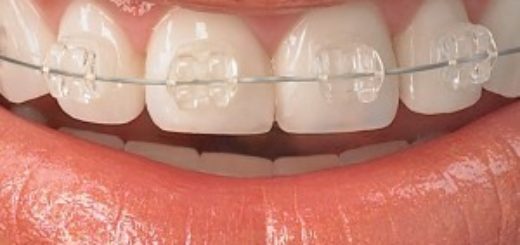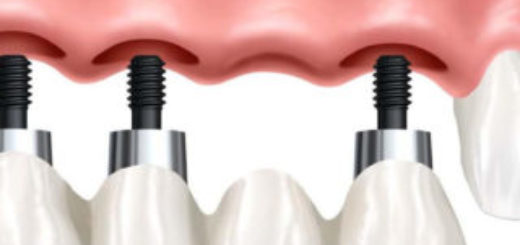Gum Disease Overview about the common problem
Gum Disease Overview about the common problem
We all know that Gum Disease is one of the most common problems we face. But how well do we know this disease? The objective of this article is to give you a Gum Disease Overview about the common problem, its symptoms, precautionary measures, and the treatments you need to undertake in case you’re suffering from it.
What is Gum Disease?
When the tissues and bones supporting our teeth get affected and start to deteriorate, that condition is called Gum Disease. In dental terms, it is known as Periodontal Disease and is classified into two categories:
- Gingivitis: This is the initial and milder stage of Gum Disease that affects the gums and softer tissues surrounding the teeth.
- Periodontitis: The second and more severe stage of Gum Disease deteriorates the gums and eventually damages the bone and tissues that support your teeth.
Causes of Gum Diseases
To put it plainly—lack of oral hygiene is the main cause. Not following proper dental hygiene allows bacteria to thrive, forming plaque. These bacteria feed on sugars in your food and drinks and produce acids that deteriorate your gums. If plaque isn’t treated early, it turns into tartar, which is harder to remove.
Besides poor hygiene, habits like smoking or chewing tobacco increase the risk. People using tobacco are more likely to get Gum Disease, suffer tooth loss, and face treatment complications. Family history can also play a role. If your diet is low in Vitamin C and minerals, your immune system weakens, making your gums more vulnerable to bacterial attacks and plaque formation.
What are the symptoms?
Healthy gums are pink and fit tightly around the teeth. They don’t bleed easily. On the other hand, Gum Disease Overview about the common problem reveals that early-stage gingivitis causes red, swollen, and tender gums that bleed during brushing. Gingivitis isn’t painful, so you might miss the signs. In more severe cases like Periodontitis, you may notice:
- Gums pulling away from teeth
- Persistent bad breath
- Pus oozing from gums
- Loose gums or teeth
If you experience any of these symptoms, it’s time to seek dental help.
The diagnosis
Your dentist will likely take an X-ray to assess bone damage and check for:
- Bleeding gums
- Plaque or tartar buildup
- Areas where gums pull away from teeth
- Pocket formation between gums and teeth
The treatment
It’s essential to treat Gum Disease early to prevent tooth loss or permanent damage. To support treatment, you should:
- Brush twice daily and floss at least once
- Visit your dentist regularly for check-ups
- DO NOT SMOKE OR CHEW TOBACCO
If you have gingivitis, your dentist may prescribe antibiotics—either as paste, pills, or antibacterial toothpaste. If you’re suffering from Periodontitis, your dentist may perform a deep cleaning procedure called Root Planing and Scaling. If that doesn’t work, surgery may be required:
- Gingivectomy: Removes pockets
- Flap Procedure: Cleans the root and repairs bone
- Extraction: Removes damaged teeth
WHAT YOU NEED TO DO
To put it simply: Follow ORAL HYGIENE. Brush twice daily for 2–3 minutes. Floss once a day. Visit your dentist regularly. QUIT SMOKING AND TOBACCO. This Gum Disease Overview about the common problem shows that it can affect anyone. Maintaining dental hygiene is key. So follow these steps and monitor your health to enjoy a healthier life.
By understanding the Gum Disease Overview about the common problem, you’re better prepared to prevent and manage it effectively.


